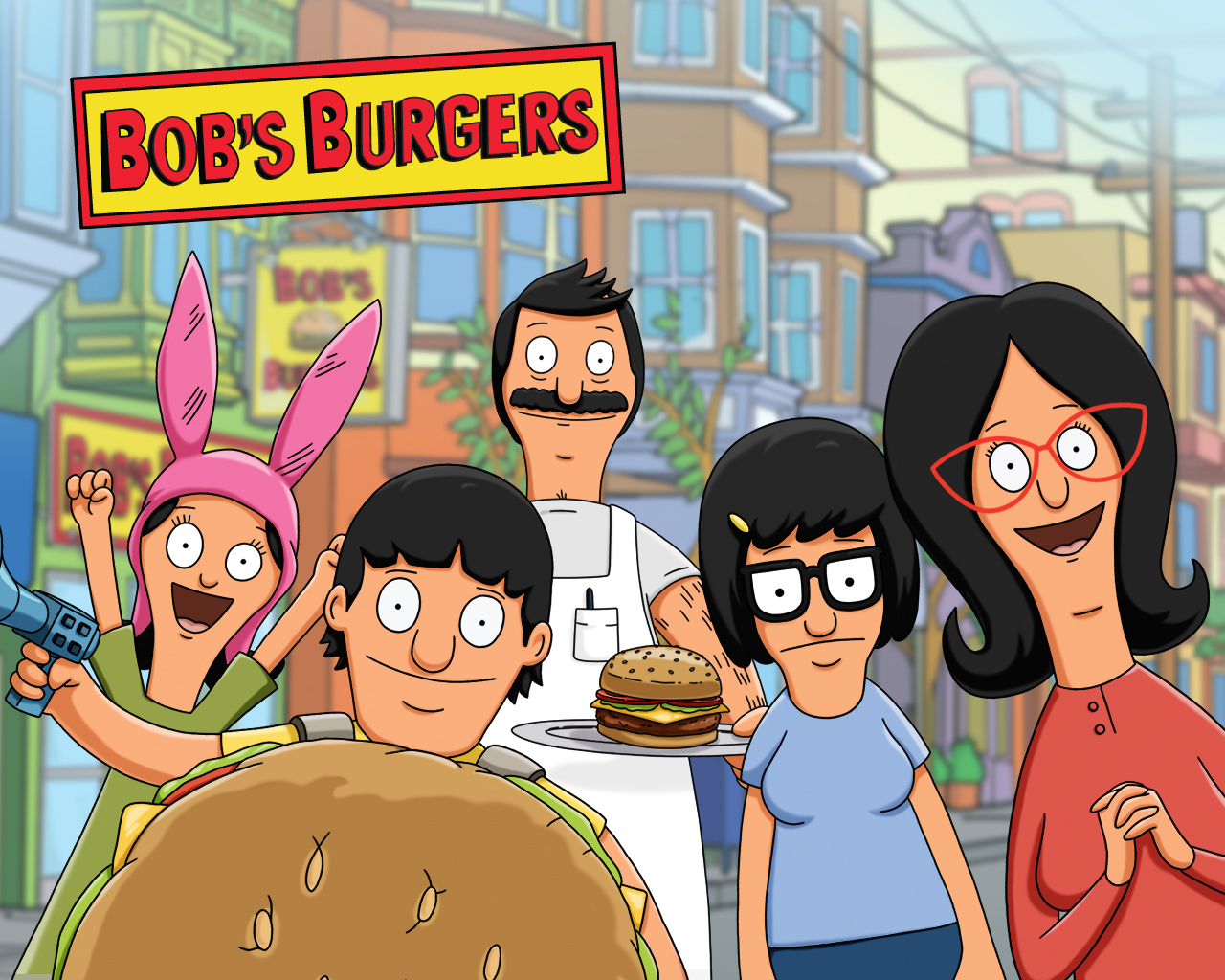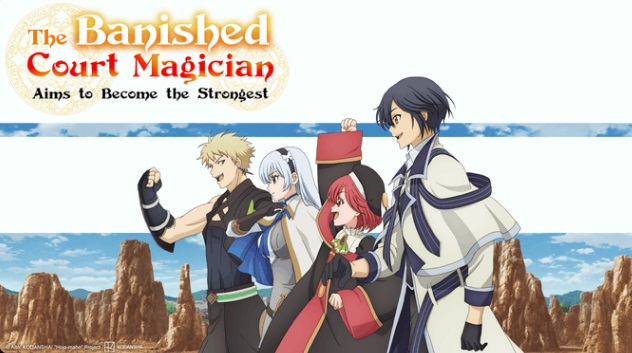Season Review: Star Wars: Tales of the Jedi Season One
I’ve been overly critical on a lot of what the Disney Star Wars legacy has been since Episode 7 came out back in 2015.The Force Awakens has been the best of the worst, with The Last Jedi being the beginning of the end of the Star Wars movie legacy for years to come. However, What Lucasfilm has done well is the Disney+ series, like The Mandalorian, The Book of Boba Fett, and even Andor getting heaps of praise.
However, the underrated shows have been the animated shows. Star Wars: Visions, as well as the finale of The Clone Wars and The Bad Batch have all been god damn awesome. Where does Tales of the Jedi stack up? Well, since we’re getting background on Ahsoka and Dooku, we’re already off to a great start.
One of the many ways Disney+ has been getting the Star Wars universe back on track is getting fan favorites back into the forefront. Ahsoka got her run during her time on The Clone Wars. Then she disappeared when the show was dropped at the end of it’s Cartoon Network run (trust me, this doesn’t surprise me). I mean, I guess George Lucas wanted nothing to do with her since he didn’t create her.
The Togruta haven’t gotten a lot of time in the light during any saga or era of Star Wars. Using Ahsoka to give more of a background is never a bad thing, though. When taking in almost any Star Wars product, you get so used to lightsabers, beam rifles, ships, and all of this. When you’re in with the Togruta, however, you see more of a primitive, more native way of doing things.
Instead of using laser knives, there is an actual metal blade when Ahsoka’s mother killed the elk. It’s refreshing to not be inundated with The Force, Jedi, Sith, and all of that. Seeing a different belief system actually makes the universe seem larger. Different ways of life make the world seem organic. I wish this type of world building has been going on since A New Hope, but Lucas decided to leave a lot of it to the novelists. And the sad thing is that almost all of it got jettisoned when Disney established the new canon after the acquisition.
That said, seeing Ahsoka’s powers manifest so early was really cool. You get to see how a force sensitive person is supposed to manifest, unlike what we saw with Anakin or Luke. There’s even more of this during Dooku’s episodes. In the movies, and most media, Jedi are generals, or used in high espionage stories. You see how the Jedi are supposed to be a police force of sorts, and they’re dispatched to deescalate issues. You hear so much of what the Jedi was supposed to be.
The best part, you get to see Dooku be the master to a very young Qui-Gon Jinn. Seeing the dynamic between the two is so fascinating. You get to see the beginnings of Dooku’s descent to Sith, and that fine line Jinn rode and how he got there. Dave Filoni made this work so well. What drives this home is Dooku’s interaction with Mace Windu, who even in his younger years, is a Jedi who does everything by the book.
The second two episodes give so much insight into how the Jedi work. Not just that, but we get to see so much about Dooku, who played a huge role in the prequels. However, there’s so little we actually know, or bore witness to. Watching Dooku act, and his tendencies to use Sith ideologies makes so much sense. Watching this before the prequels would explain so much and make his character even more dynamic. In fact, during “Choices,” you almost feel like you see the moment Dooku decided the Jedi aren’t where he wants to be anymore.
“The Sith Lord” is where Dooku makes his fated choice. As the episode begins, Dooku deletes Kamino’s location under Syfo Dias’s name. If you remember Attack of the Clones, you know why. Qui-Gon Jinn reported to the Jedi Council that he was attacked by a Sith Lord, and Dooku tries to learn more. By the time this episode takes place, we get a young Obi-Wan Kenobi, who’s the padawan of Jinn.
Later, after Jinn’s death from The Phantom Menace, Dooku is angry. He holds the council responsible, and he’s trying to cope. However, Yaddle discovers Dooku’s descent to the Sith. Filoni and his team were able to fit each episode into the canon like perfectly etched puzzle pieces. The storytelling is just so god damn good. Yaddle was a great exposition piece to put Dooku’s shame and disgrace, and ultimately brutality, to motion.
As I said, there’s so much storybuilding, not just into the movies, but into the ancillary series. “Practice Makes Perfect” expands into The Clone Wars, and makes this feel like it’s an episode straight out of the series. However, I don’t remember Anakin being this cold towards Ahsoka. I think I need to go back and rewatch The Clone Wars. Anakin seems almost sadistic, letting his darker tendencies come out a bit.
The finale, “Resolve,” culminates in Ahsoka’s whereabouts after the events of Revenge of the Sith. Ahsoka is probably the most tragic character in the prequel series, and probably the entirety of the main movies. Her interaction with Bail Organa during Senator Amidala’s funeral is just the height of her pain. To her, Anakin died. Padme died. Her life as a Jedi was taken from her unjustly. So she runs. “Resolve” is the story of what got Ahsoka back into the game, and what ultimately got her involved in what brought her character into Rebels.
Tales of the Jedi is the perfect anthology series for people who want to expand on what the movies and prior animated series initially presented. I haven’t enjoyed anything Star Wars related since Rebels was out. Yeah, ever since the DisneyXD days, I finally found something I am 100% behind. Hopefully, we get more next year. This was the perfect addition we needed.













"There are also other characters that come and go (also owned by the Warner Bros. Discovery conglomerate media company)."
Huh. Is that just referring to other characters from the show itself, or is this implying that the new season is going to have cameos from other WBD IPs